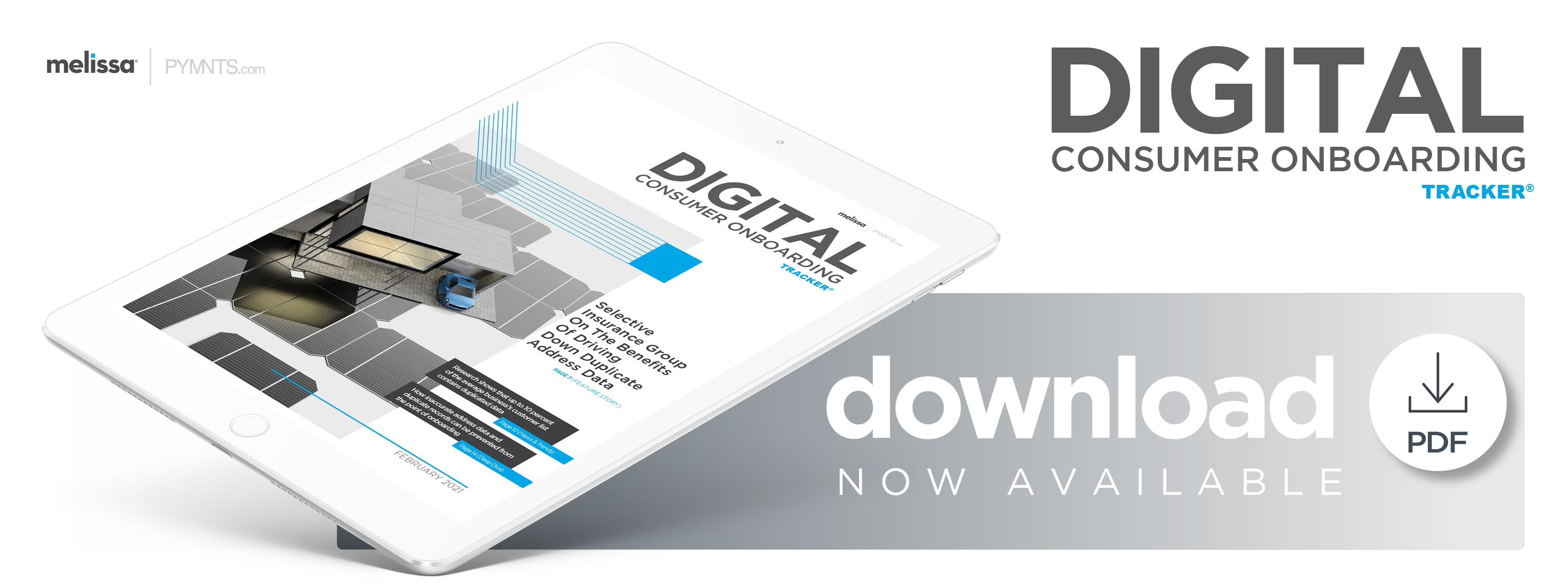Deep Dive: The Impacts Of Address Duplications And Poor Address Data

Companies looking to save substantial amounts of income and boost their images have a simple way to achieve this, though it may not be obvious: by fixing poor address data in their databases. The United States Postal Service reported that more than 6 billion pieces of mail went undelivered in 2016, for example, representing more than $20 billion in costs to mailers. Nearly one-quarter of mail is incorrectly addressed, with 45 percent of address data missing at least one major piece, such as street, city, state or ZIP code, and 15 percent of addresses cannot be verified.
Problems with address data commonly stem from human error, consumers entering typos or other mistakes when filling out online forms with no controls in place, but technical glitches or multiple sign-ups through different channels can also be to blame. Businesses’ failure to verify information during the onboarding stage can ultimately affect all future correspondence and sour customer relations when consumers receive emails with their names misspelled or shoppers receive the wrong parcels, for example. Faulty addresses and issues with data quality can also result in companies violating regulatory standards and facing fines. PayPal, for one, in a highly-publicized case from 2015, was forced to pay $7.7 million to the U.S. Treasury Department for its failure to efficiently screen and prevent transactions with users blacklisted by the government.
There are steps firms can take and tools they can adopt to avoid this fate, however. This Deep Dive explores the importance of accurate address data and how future headaches can be avoided from the start.
The duplicate dilemma
Customer data can be leveraged for insights and business success, but more than 76 percent of about 4,500 companies lack accurate customer information, according to big data resource Datanami. Forty-seven percent of these companies also failed to have data quality management solutions in place. One significant challenge to data quality is duplicate data, as working to identify these duplicates can lead to lost time and resources for businesses.
Bud Walker, chief strategy officer at address and identity verification firm Melissa, said in the PYMNTS podcast Return To Sender: Faulty Mail Data Leads To Growing Inefficiencies that between 8 percent and 10 percent of companies’ databases contain duplicate records. This results in wasted materials from duplicate mailings and prevents companies from obtaining an accurate view of their customers and gleaning valuable insights from their activities. Walker has even taken a personal interest in the issue, collecting the identical mail and catalogs that he receives under variations of his name or address, which he sees as a reputation problem: having a negative impact on a company’s brand or reputation.
“To me, it looks like they don’t know anything about how to check the database,” he told PYMNTS. “Fixing it at the point of entry is a humongous savings.”
Customers of Melissa’s ID and address verification software have traditionally been large banks, social media platforms and conglomerates, but Walker says the company has noted a recent increase in smaller, Main Street businesses seeking to maintain accurate databases as well as healthcare companies looking to confirm patient information amid the pandemic.
“We’ve actually developed special algorithms to determine that that’s a duplicate,” he said. “But there’s really a multifactor set of problems that are created, and it depends on the industry. If you’re in retail, you’re more likely to ship a product twice or have a problem with delivery. The U.S. Postal Service had 28 million pieces of mail lost, and they were mostly because of problems with duplication in the record.”
Why data quality matters
Healthy data is defined as information that is fit for its intended use. It should be reliable, up to date and accessible so it can be used for reporting and statistical calculations. Poor data quality can cause frictions, especially as many companies look to initiate digital transformations to serve consumers moving online for activities like shopping or banking during the pandemic. Time spent sorting data as opposed to implementing new systems can slow the migration process.
Companies are aware of the problem, too. One study found that data quality is between “neutral” and “very poor” for half of all businesses today, causing them to lose 10 percent or more of their revenues to bad data. Pressure mounts, meanwhile, for firms to be data-driven, with 86 percent of companies reporting that their data is key to achieving their revenue goals.
Companies must therefore strategize about how to eliminate these duplicates. One way is to adopt global address verification solutions that correct addresses by adding missing components in real time. Automated biometric identification solutions featuring facial, fingerprint or iris recognition can also be leveraged, especially for identifying patient healthcare data. Firms that have the proper tools in place will be able to reap the benefits of a clean address database for improved communication, messaging and deliveries and have a better chance of building long-term customer relationships.

